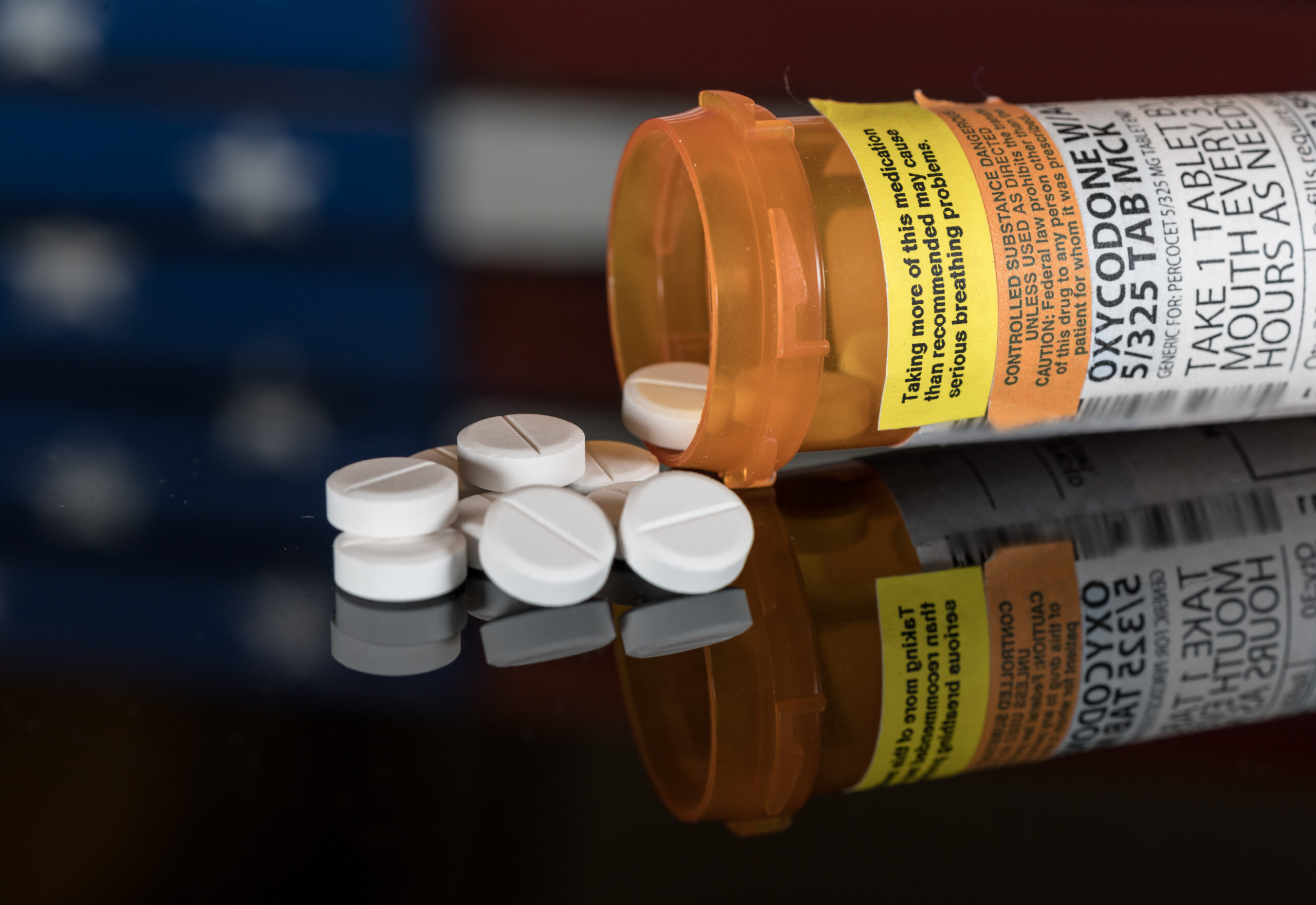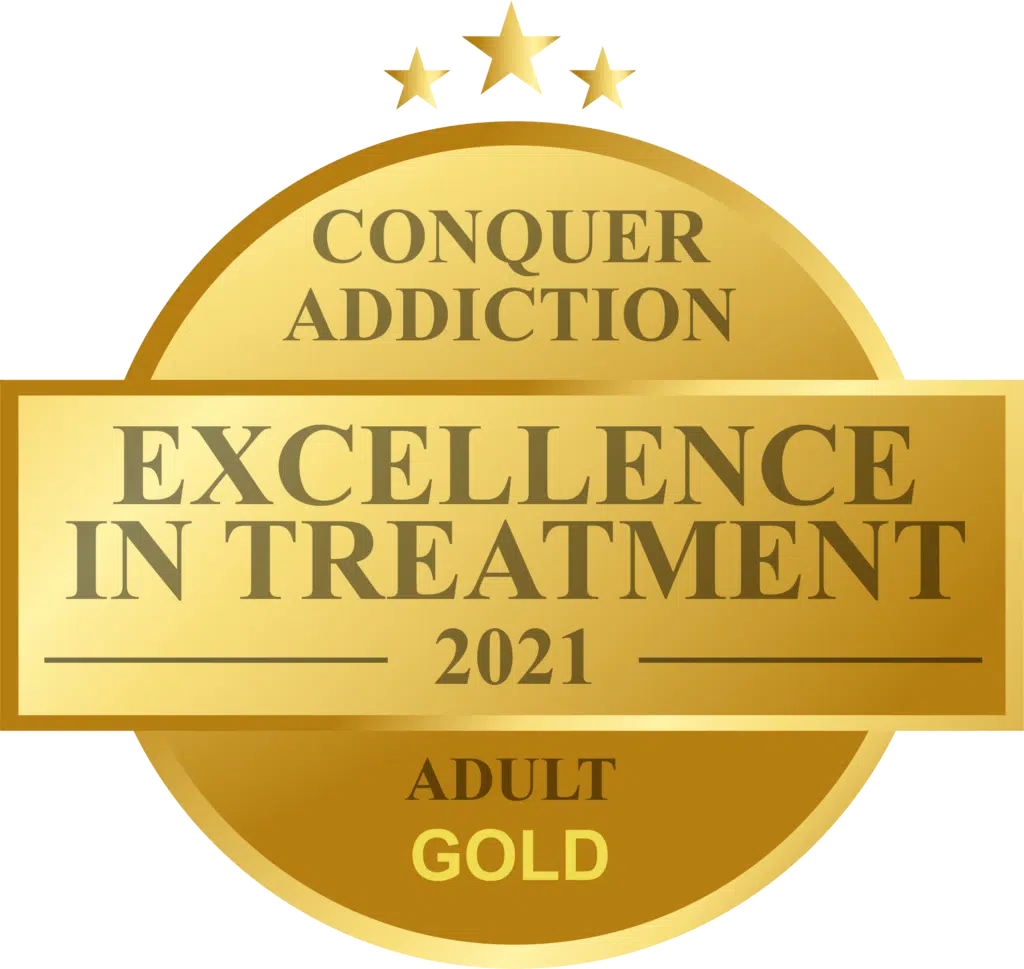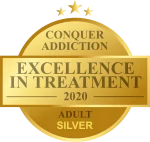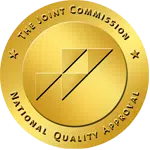
There are two forms of fatty liver disease, one is alcohol-related (ALD) and the other is non-alcoholic related liver disease (NAFLD). ALD and NAFLD have similar issues that range from simple hepatic steatosis to steatohepatitis, liver cirrhosis, and hepatocellular carcinoma. Most people who drink excessive amounts of alcohol or eat excessively will develop a simple hepatic steatosis and a small percentage of individuals will develop a progressive liver disease. ALD and NAFLD have the potential to cause additional, life-threatening health issues. For ALD patients this will include arteriosclerosis (20%), liver cirrhosis (17%), unknown causes (16%), and extrahepatic cancers (14%) in ALD patients. The main causes of death in NAFLD patients were arteriosclerosis (38%), unknown causes (19%), extrahepatic cancers (17%), and infections (8%).
Treatment
The gold standard for treatment of ALD is abstinence, nutritional therapy, medication therapy including steroids in patients with moderate to severe alcoholic hepatitis.
Naltrexone and Acamprosate/Campral have been helpful in reducing the cravings for alcohol. Naltrexone is an opioid receptor antagonist that blocks the effects of alcohol. It may be prescribed to patients who are struggling to abstain from alcohol. Campral is often used as an alternative if the patient can’t tolerate Naltrexone.
Disulfiram/Antabuse, creates a negative reaction, similar to a hangover, when alcohol is consumed. Patients can become violently sick if they drink while taking Disulfiram.
Topiramate/Topamax) aids patients by decreasing both craving and withdrawal symptoms.
Baclofen has a low liver metabolism rate so it passes through the body unchanged. It can be useful in controlling craving and encourages abstinence in patients using alcohol. There have been no reported cases or adverse effect associated with Baclofen, therefore it may be useful for patients with liver cirrhosis.
Many patients with ALD and cirrhosis suffer from severe malnutrition and other complications including infections, encephalopathy, ascites, and variceal bleeding, which have been associated with protein-calorie malnutrition (PCM). Deficiencies of folate, vitamin B6, vitamin A and thiamine are often seen. Deficiencies of some minerals or elements, such as selenium, magnesium, zinc, and others can also be lacking and will need to be replaced.
The role of steroids in patients with moderate to severe alcoholic hepatitis is gaining increasing acceptance. Glucocorticoids have been in use for decades for the treatment of liver disease and alcoholic hepatitis, but the research study is still being hotly debated. The primary reason for using steroids is to reduce the inflammatory pathways in alcoholic hepatitis.
Organ transplants can be a life-saving measure for people with ALD, but it is still very controversial in the medical field. It is believed that six-months of abstinence are needed before having a liver transplant. This does not work well for patients who have severe hepatitis or for patients who won’t survive six months. This leaves the medical field in a quandary because the first rule of medicine is do no harm. A liver transplant procedure can save lives, but it does not treat alcoholism or potential relapses. There are many stages to relapse, which can take the form of occasional slips or harmful drinking. In addition to evaluation pre- and post-transplant, it has been determined that counseling and a treatment program may minimize the relapse of alcoholism after liver transplant
Inpatient Programs
Patients in recovery often need treatment in an inpatient program and therapy should include groups and individual counseling. Patients that are experiencing severe symptoms of withdrawal, including delirium tremens associated with alcohol withdrawal need to be monitored closely until they are more stable. All symptoms of detoxification need to be monitored by an RN who will assist the patient going through withdrawal. The nurses are also there to provide care for chronic medical conditions, such as diabetes and cardiovascular disease, should they arise.
Psychologist and clinicians can also help monitor for withdrawal symptoms, as well as attend to the emotional and psychological problem. Psychological counseling helps patients talk about their feelings and why they started using substances in the first place. Therapy can help the patient deal with feelings of shame, grief, or depression. Cognitive-behavioral therapy is often used in the inpatient setting. It can make the patients see how their thoughts can affect their behavior. If patients can recognize how their thoughts contribute to their behaviors, they may be able to change their dysfunctional habits of turning to alcohol when feeling overwhelmed.
Group therapy with family members is a very important part of the healing process, and it is usually facilitated by a psychologist. Family therapy allows patients and family members to get together to talk about addiction and how it has impacted their lives.
Outpatient Program
Outpatient treatment usually takes place within the community under the supervision of trained therapist who specializes in alcohol addiction. Group therapy may be provided as part of an outpatient program, and it is a chance to meet and talk with other people who are also struggling with alcohol.
Finally, Alcoholics Anonymous may be an option for some patients. If the person is drinking because of loneliness or isolation, a group such as AA can also provide a social outlet for people who are experiencing their own struggles with addiction. As do other self-help groups such as Refuge Recovery or SMART.
References
Toshikuni, N., et al. (2014). Clinical differences between alcoholic liver disease and nonalcoholic fatty liver disease. World J Gastroenterol. 2014 Jul 14;20(26):8393-8406
Toshikuni, N., Tsutsumi, M., & Arisawa, T. (2014). Clinical differences between alcoholic liver disease and nonalcoholic fatty liver disease. World Journal of Gastroenterology : WJG, 20(26), 8393–8406. Retrieved from: https://www.ncbi.nlm.nih.gov/pmc/articles/PMC4093692/
Onishi, Y., et al. (2017). Risk of alcohol use relapse after liver transplantation for alcoholic liver disease. World Journal of Gastroenterology, 23(5), 869–875. Retrieved from: https://www.ncbi.nlm.nih.gov/pmc/articles/PMC5296203/
Johnina Noar, CADC-II
Originally posted on September 10, 2018 @ 3:35 pm


















